Most Common Puja Mistakes and How to Avoid Them
Puja Mistakes: Worshipping or doing Puja is the ultimate way of getting the blessings of God. By worshipping God with…
 0%
0%

Types of Hindu Marriage: In Hinduism, marriage is not just a social agreement. It is a sacred ritual that unites the two souls that are meant to last across a lifetime.
Also known as Vivaha Sanskar, it is among the sixteen samskaras that mark the most important event of life.
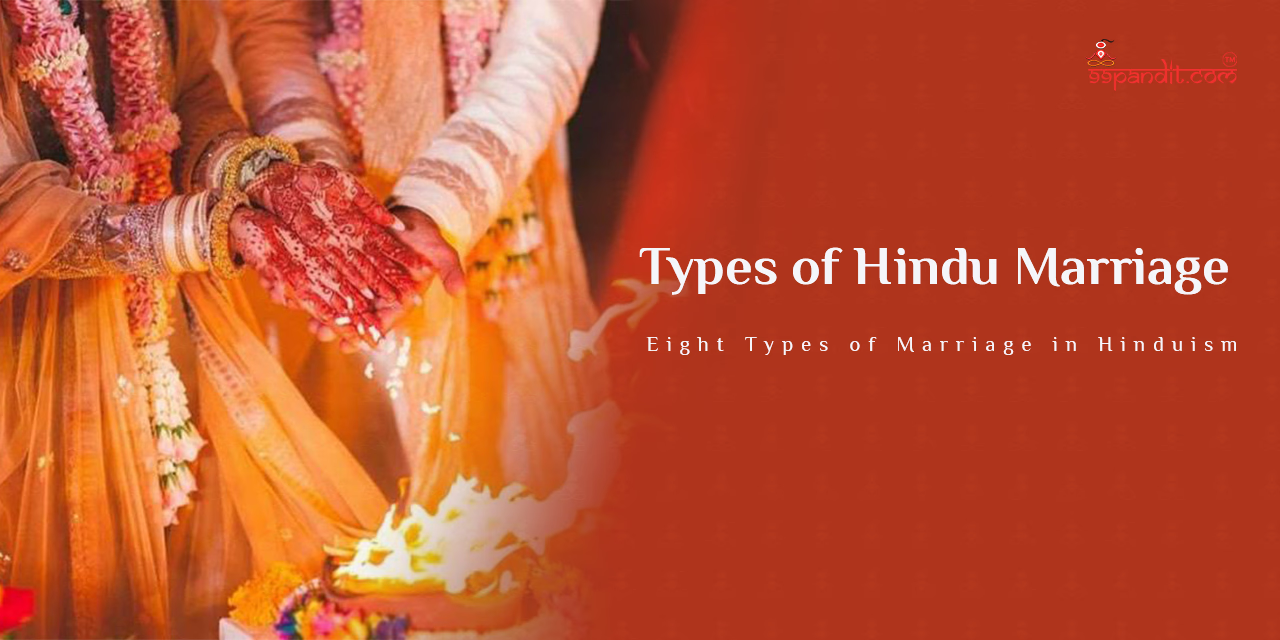
It not just brings two people together but also families, traditions, values, and destinies. But do you know there are eight types of Hindu marriage?
Manusmriti and the Dharma Shastra are some of the ancient scriptures where you can see their mention. From cultural values, moral duties, to spiritual beliefs, each of them is unique in its own way.
Be it a simple Brahma Vivahaa or a heartfelt Gandharva Vivahaa, every form of marriage reveals the different outlook of the way love and dharma unite humans.
This guide will take you through the purpose of marriage in Hinduism, the eight types of Hindu marriage, and how the timeless tradition shapes modern Hindu weddings.
Hindu marriage, being one of the 16 samskaras or holy sacraments, guides an individual for both spiritual and social life.
The ritual not only unites the two souls but also marks the beginning of a new journey to walk together with love, trust, and duty.
In Hindu philosophy, there is also a concept of Ardhangini, which ideally means “the other half”.
It is believed that husband & wife are equally important and each of them helps one another in attaining the four aspects of life, Dharma (obligation), Artha (possession), Kama (love and desires) and finally Moksha (liberation).
Apart from worldly desires, the purpose of marriage in Hinduism is based on three key elements:
When brought together, these elements tell us that Hindu marriage is not just a ceremony but an eternal glow of life in itself.
The significance of Hindu marriages is deeply rooted in various ancient scriptures:
Let’s discuss the eight forms of the Hindu Marriage in more detail:
Brahma Vivahaa is the most respected and highest form of marriage in Hinduism. In this, the father of the bride searches for a suitable groom who has good conduct, education, and knowledge of the Vedas. The Brahmin caste people primarily follow it.
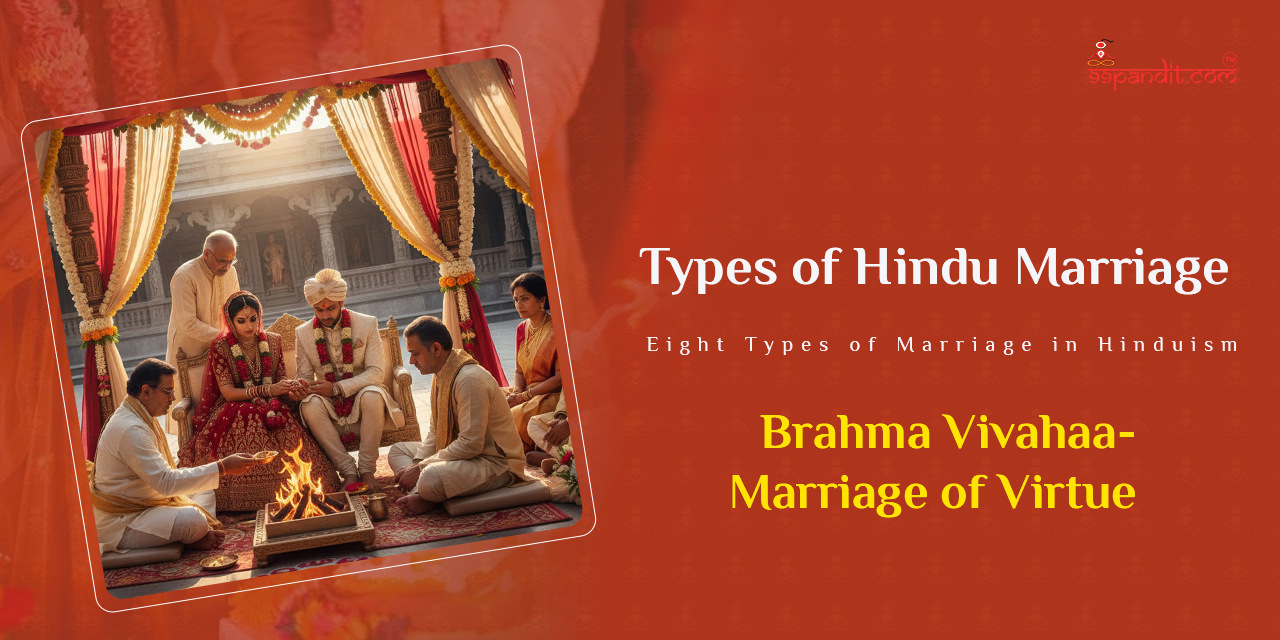
Significance:
Modern Relevance:
Daiva Vivahaa is an ancient form among the eight types of Hindu marriage. In this, the father gives his daughter’s hand to the priest, representing the marriage of the bride to “Devas” or gods.
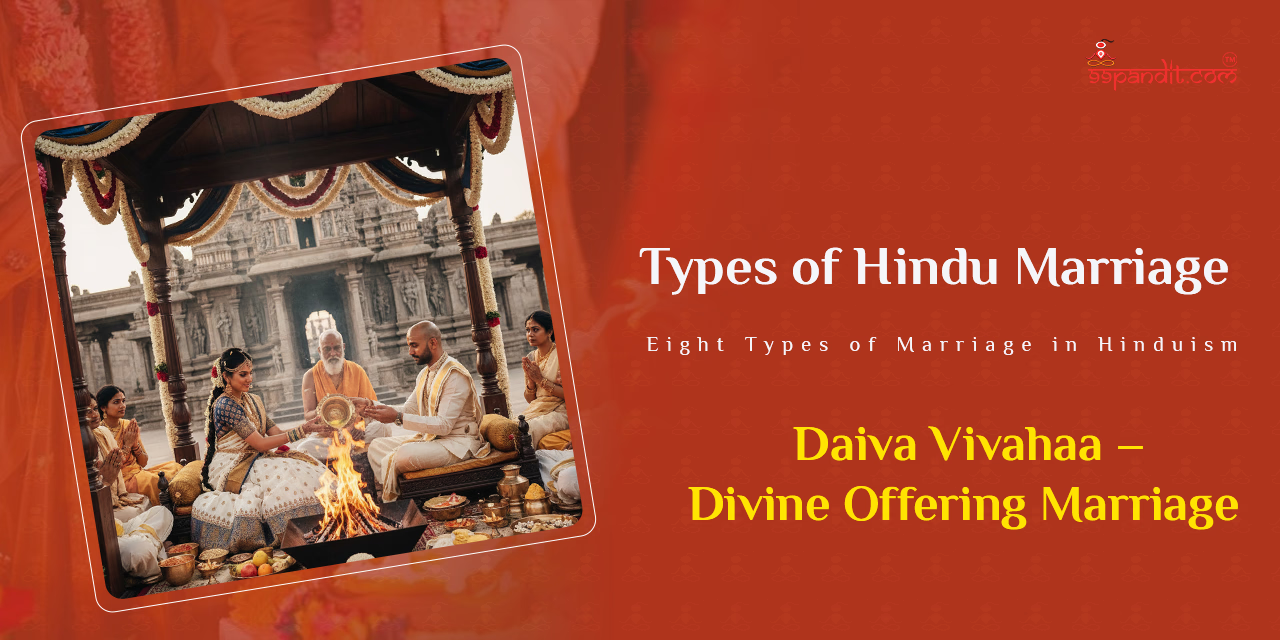
It was mainly performed at early times when parents were unable to find a suitable groom or were unable to pay the expenses of marriage.
Significance:
Modern Relevance:
Arsha Vivahaa includes a symbolic exchange of goods. Here, a groom pays a Kanya-shulkam, which means offering a couple of cows and a bull to the family of the bride.
It is not any kind of dowry but a token of gratitude and respect towards the bride’s family.

The tradition is mainly practised by the sages in ancient times and is based on spiritual compatibility rather than worldly pleasures.
Significance:
Modern Relevance:
Prajapatya Vivaha is very similar to the Brahma Vivaha, particularly in terms of nature.
In this form of marriage, the bride’s father offers her hand to the groom with mutual consent and shared responsibilities.

Like a Brahma marriage, moral character and Vedic knowledge of the groom are considered essential factors.
Significance:
Modern Relevance:
Asura Vivahaa is a type of Hindu marriage where the groom offers wealth or money to the bride’s family in exchange for the bride.
This form of marriage is considered non-righteous, as the groom’s character and qualities are overshadowed by his wealth. It is highly criticized in the Vedic scriptures, such as the Manusmriti.
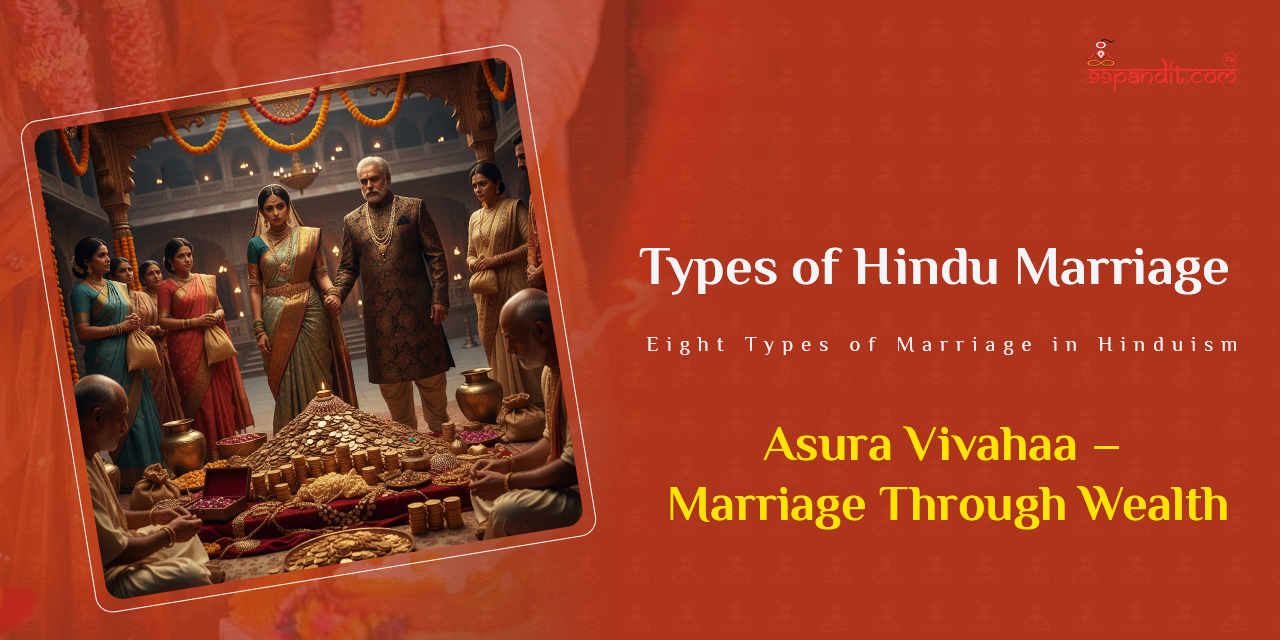
The marriage is considered a low form of wedding because the bride is treated as a commodity and is often done without the bride’s consent.
Significance:
Modern Relevance:
Gandharva Vivaha represents the union of two souls based on mutual love and consent, without any religious or ceremonial rituals. The concept of this marriage is very similar to today’s love marriage.
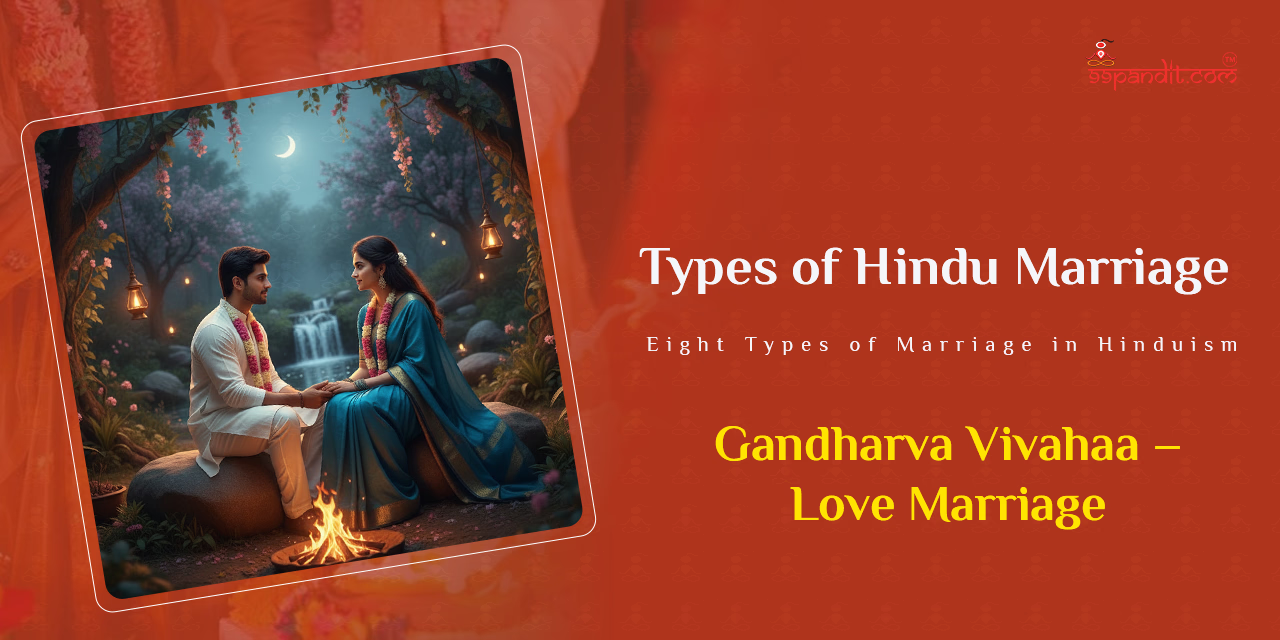
The name of this marriage is derived from beings called “Gandharvas” in Hindu mythology, known for their musical skills and love affairs. As it lacked societal approval, it was not fully accepted by people in ancient times.
Significance:
Modern Relevance:
Rakshasa Vivahaa is another disapproved marriage where the groom forcefully marries the bride against her will and without the consent of the family.
It generally includes conflicts and is named after the “Rakshasas,” the demon king known for his aggressive nature in Hindu mythology.
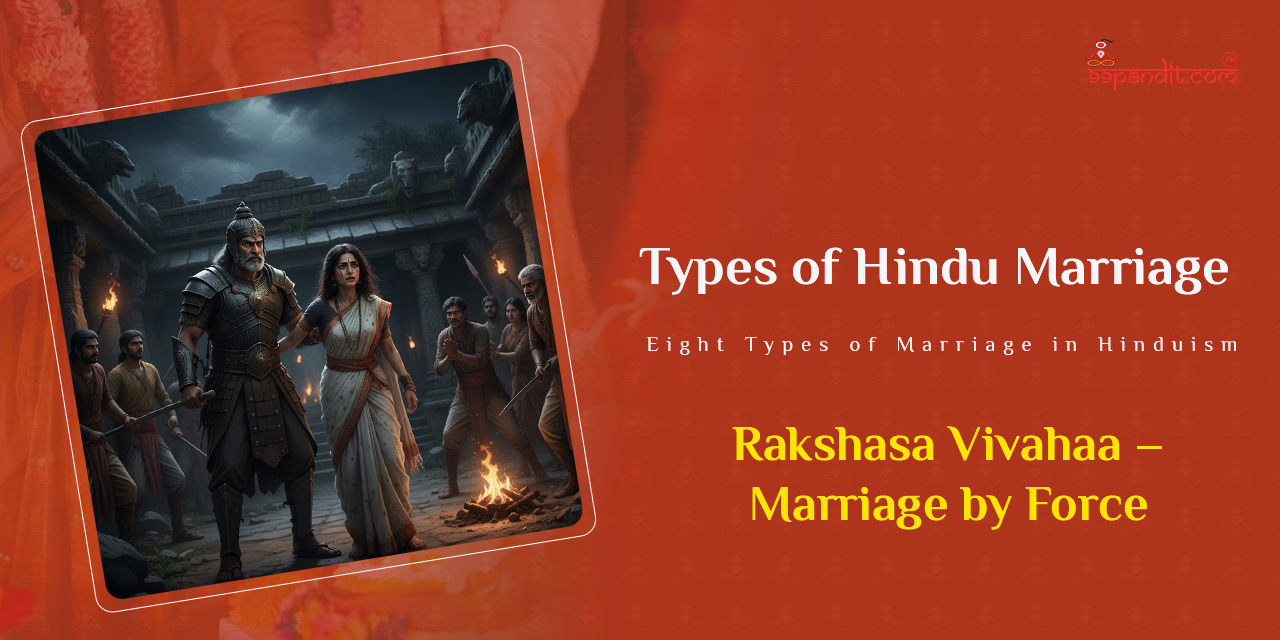
This form of marriage is condemned and considered the lowest form of marriage in Hinduism.
Significance:
Modern Relevance:
In Hindu traditions, Paishacha Vivaha is considered a non-righteous form of marriage.
The marriage involves the groom deceiving and seducing the bride when the bride is not in a conscious state of mind.
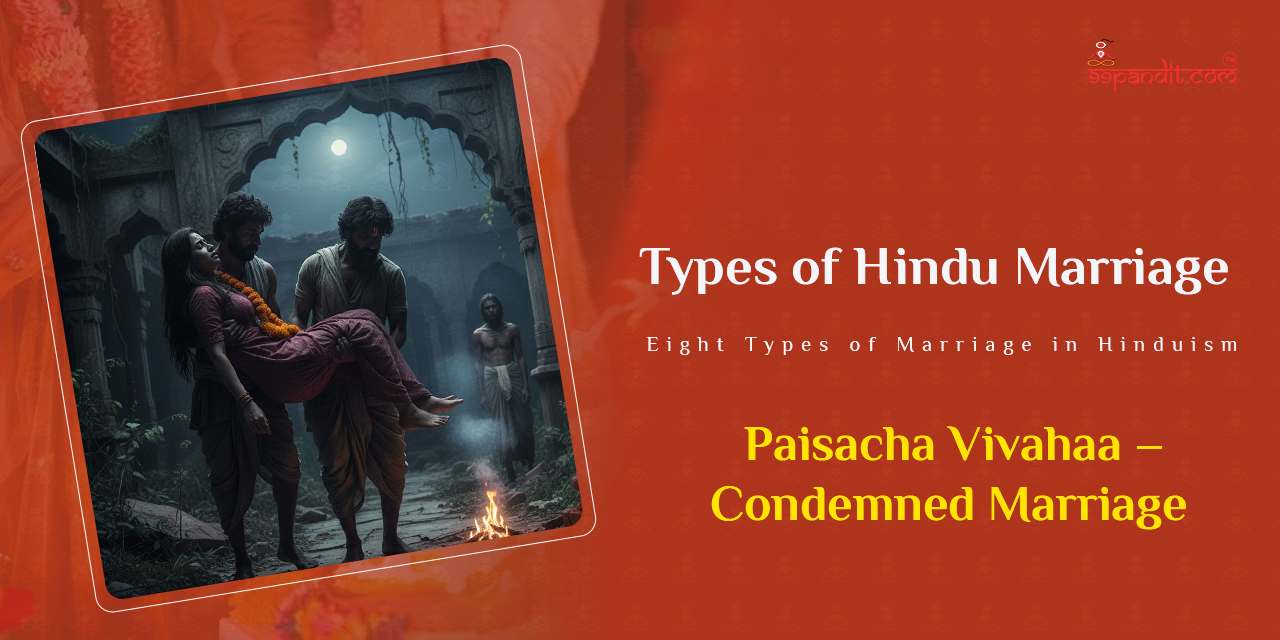
It is considered a sin and is highly criticized in the ancient scriptures, such as the Manusmriti. In the modern world, such a marriage is equivalent to a criminal act.
Significance:
Modern Relevance:
The eight forms of Hindu marriage mentioned above are also divided into two major categories depending on their social, moral, and scriptural approval. Here’s how they are divided:
The marriages that fall under these categories follow the dharma, proper traditions, and morality. Below are the approved Hindu marriages:
Why are they approved?
The marriages mentioned in these categories are condemned and include unethical actions, materialism, and force. Let’s have a look at them:
Why Unapproved?
The 8 types of marriage depict how well the ancient Indian society knew about human relationships.
Every form of marriage exhibited another aspect of human nature that ranged between spirituality and responsibility, to love and greed.
The system was formed to educate that, though some forms maintained Dharma, others depicted moral downfall.
The initial four marriages (Brahma, Daiva, Arsha, and Prajapatya) are regarded as dharmic and mean respect, duty, and righteousness.
It portrays the notion that the Hindu marriage is a commitment of equality that is regulated by family values and morals.
Whereas the last four, including Asura, Gandharva, Rakshasa, and Paisacha, are adharmic. It tells society what things, such as force, greed, and lack of consent practices, are to be done.
They all tell us that Hindu marriage is more than just a union of two souls; it is more of a cultural value, a balance between desire and duty, and moral choices.
Knowledge about the 8 types of Hindu marriage, as noted in various Vedic scriptures, offers eternal knowledge on the modern commitment.
It assists individuals in understanding how relationships, traditions, as well as values have changed over time.
Nevertheless, people maintain the basic concepts of dharmic marriages to guide individuals toward a harmonious, honourable and meaningful wedding.
But even in today’s world, knowing about these forms of marriage is the first step towards respecting our age-old traditions.
In Hinduism, the wedding can only be completed when done with the right vidhi and accurately.
It can help you attain divine blessings for the successful start of a new couple’s journey. Let an experienced and qualified pandit lead the way.
At 99Pandit, we connect you with a verified pandit to perform the authentic and stress-free marriage puja. Book your puja today and give your new life the divine touch.
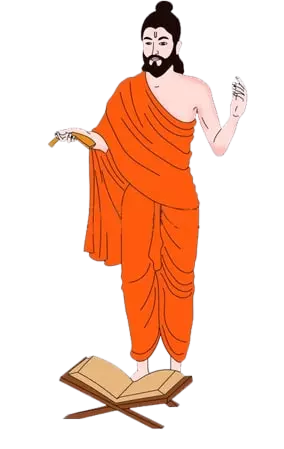
100% FREE CALL TO DECIDE DATE(MUHURAT)

Table Of Content
Filters by categories
All Pujas
Puja On Special Events
Upcoming Pujas
Dosha Nivaran Pujas
Mukti Karmas
Filters by Trending Topics
Filters by Regions
North Indian Pujas
South Indian Pujas